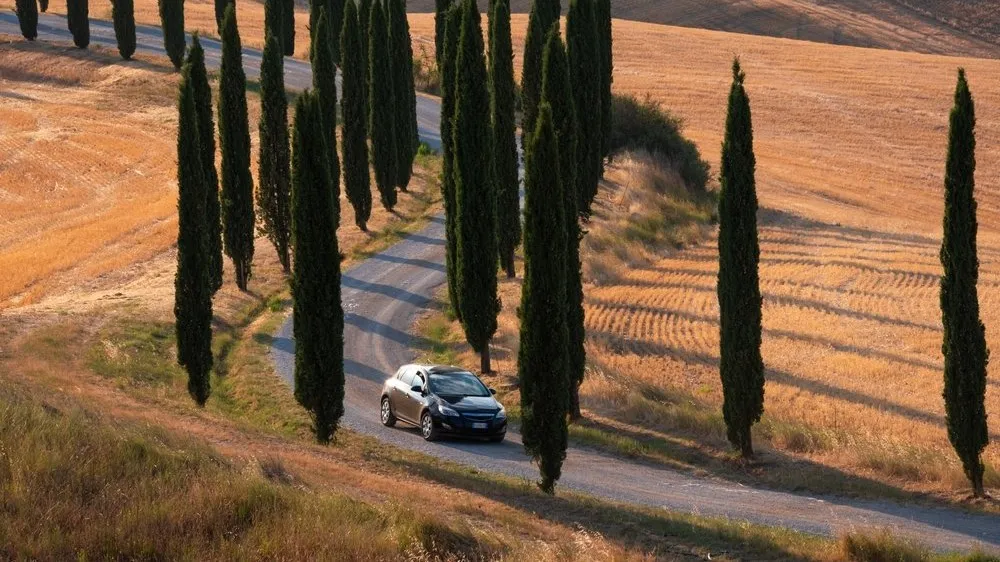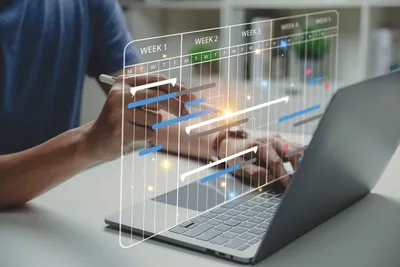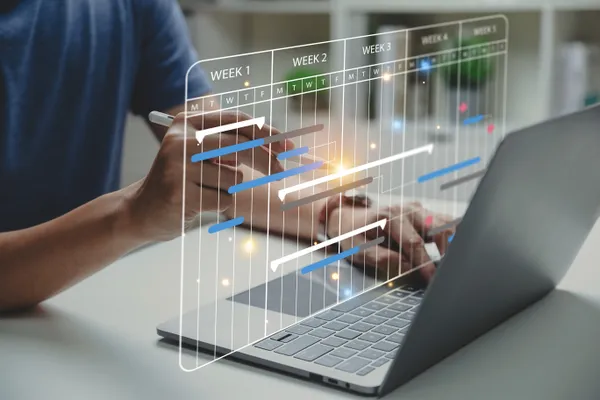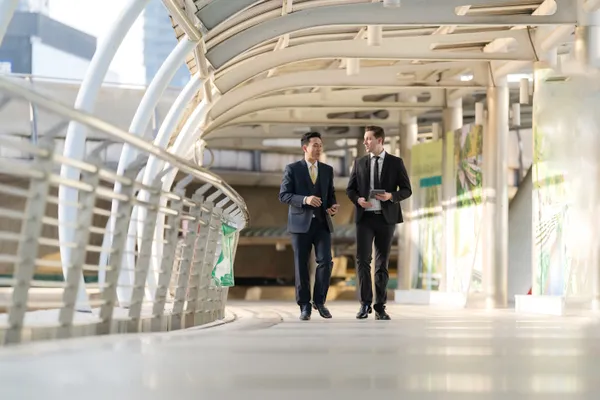In Italy there is much to see, savor, and enjoy. If your business brings you here, it would be a shame not to carve out a little time for sightseeing. Having a vehicle at your disposal could be just what you need —though there are a few caveats to keep in mind.
Advantages of driving in Italy
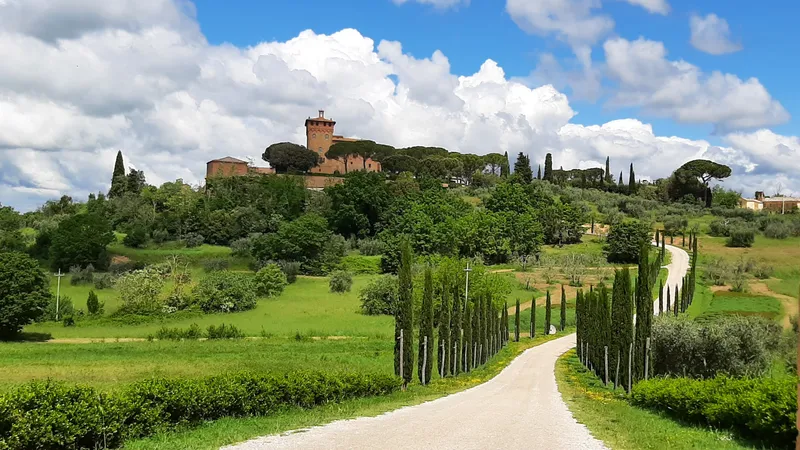
- Freedom. Instead of relying on prepackaged tours or excursions, you can create your own itinerary tailored to what you want to see. Explore off-the-beaten-path towns, vineyards, and coastal routes at your own pace. Enjoy scenic drives with new stunning views at every bend of the road and stop whenever you find the perfect spot.
- Time efficiency. If you have only a few hours of free time (or even unexpected downtime), you can make the most of it. No need for advanced bookings, check-ins, baggage handling, and so forth. Just hop in the car and start driving. You might take in beautiful rolling hills, charming villages, archeological sites, and a breathtaking sunset on the beach—all in one afternoon.
- Flexibility. Ride-sharing services are nearly nonexistent in Italy. In rural areas or smaller towns, public transportation or taxi services are often unavailable or inconvenient. With a private vehicle, you gain access to remote destinations and hidden gems, allowing for a truly immersive and authentic experience.
Challenges of driving in Italy
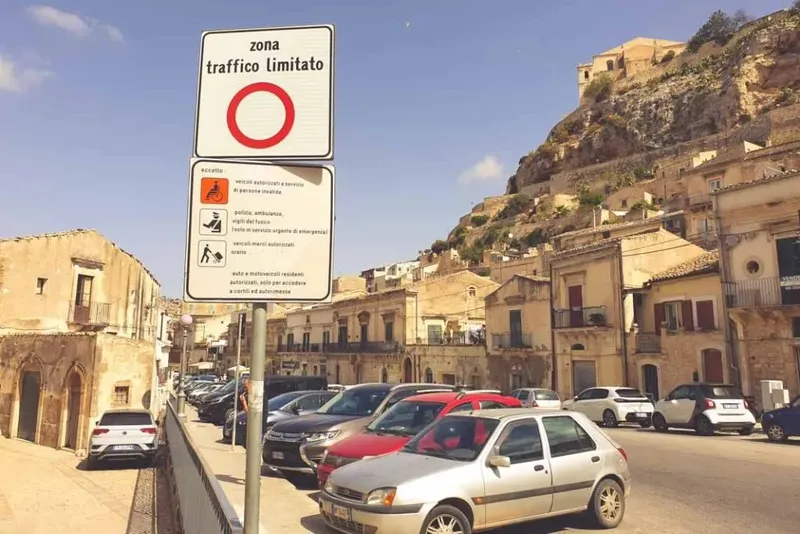
- Limited traffic areas. Many Italian cities have restricted driving zones (called ZTL, “Zona Traffico Limitato”) and pedestrian-only areas. These zones are not always clearly marked, and entering without a permit can result in steep fines.
- Driving style and rules. Italian drivers can be assertive, traffic can be hectic, and road signs may differ from what you are used to. Roundabouts and narrow streets are very common (which explains why in Europe cars are so tiny!).
- Communication barriers. Road signs are in Italian. Names of the streets and towns are in Italian. And if you ask for directions, be prepared to use a translator app—many Italians don’t speak English.
- Parking issues. In historic city centers and popular tourist areas, parking can be scarce and expensive. In some cases, even free parking lots are “guarded” by individuals who expect a few euros for watching over your vehicle. Arguing or negotiating is usually pointless.
- Drinking and driving. Nothing is more Italian than having some wine with your pasta or a shot of grappa or limoncello at the end of your meal. However, if you are driving, you may have to skip that. In Italy the blood alcohol concentration (BAC) limit is a quite strict 0.5 grams per liter, or 0.05%. For the average person, this equates to roughly one beer or two glasses of wine. For professional drivers and those licensed for less than three years there is a strict zero alcohol policy, regardless of their age. Penalties range from hefty fines, license suspension, to criminal charges in the event of an accident.
After weighing pros and cons you decide to get behind the wheel, here are some reminders to make your trip less bumpy…
If you decide to drive in Italy
- Get an International Driving Permit (IDP). If you are travelling from outside the European Union, you need an IDP along with your valid home-country driver’s license, and you need to carry both documents together when driving.
- Familiarize yourself with local traffic laws, speed limits and road signs before you hit the road.
- Choose a car that fits the roads. Vehicles in Italy tend to be smaller than those in the U.S., as roads and parking spots are often narrow. Prioritize maneuverability over legroom. Besides, some compact cars can be surprisingly spacious!
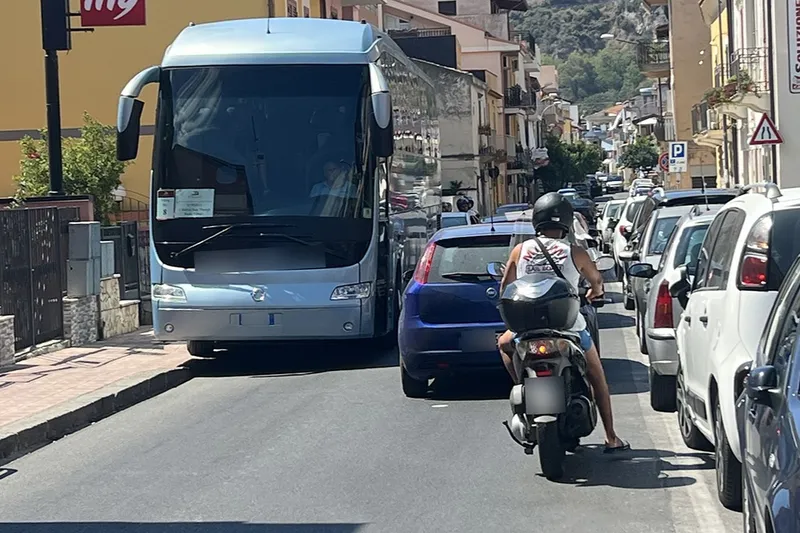
- Use a GPS and a traffic app like Google Maps or Waze. Many rentals have a built-in navigation system, but it is wise to rely on your own device to get real-time updates on road closures, traffic, and ZTL (restricted areas) alerts.
- If your trip includes toll highways (Autostrada), keep in mind that you will have to take a ticket upon entry and present it at the toll booth when you exit. As you approach the exit, choose the lane with color corresponding to your payment method: cash (white), credit/debit card (blue), or Telepass (yellow, for vehicles with an electronic pass).
- If possible, map out your route in advance to avoid peak traffic times and include scenic stops along the way. Mondo Via curators can help you with personalized recommendations.
Driving in Italy is not for you?
If you prefer the freedom to explore Italy without the hassle of driving, there are several other options available.
- Hiring a private driver. Mondo Via curators can assist you in selecting a reputable chauffeur service with English-speaking drivers that will handle the stressful part of travelling by car.
- Mixed transport solutions. Sometimes the best approach involves combining different modes of transportation. For example, Italian cities such as Rome, Florence, Venice, Milan, Turin, Verona, Bologna and Naples are well connected with high-speed trains. Once you arrive in your city, you can use public transport, take a taxi, or just walk. Our concierge service can help craft a personalized itinerary that optimally combines these options.
- Shuttle services. Some hotels and attractions offer a shuttle service to popular tourist spots, shopping malls, and public transportation hubs, but also to wineries, archeological sites, or other points of interest. Our curators are well-equipped to investigate what services may be available at your destination and advise on what best suits your needs.
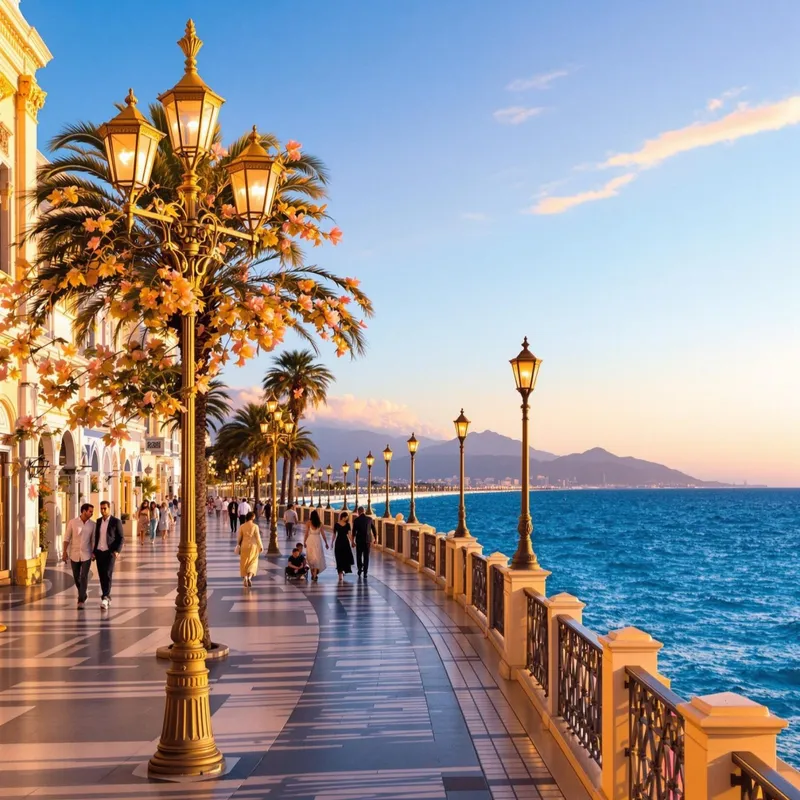
Driving in Italy can be advantageous if you value freedom and flexibility and are comfortable navigating local laws and customs. However, your trip can be equally enjoyable without a car. Whatever your choice, we are here to assist you in making the best arrangements for your travel experience.
